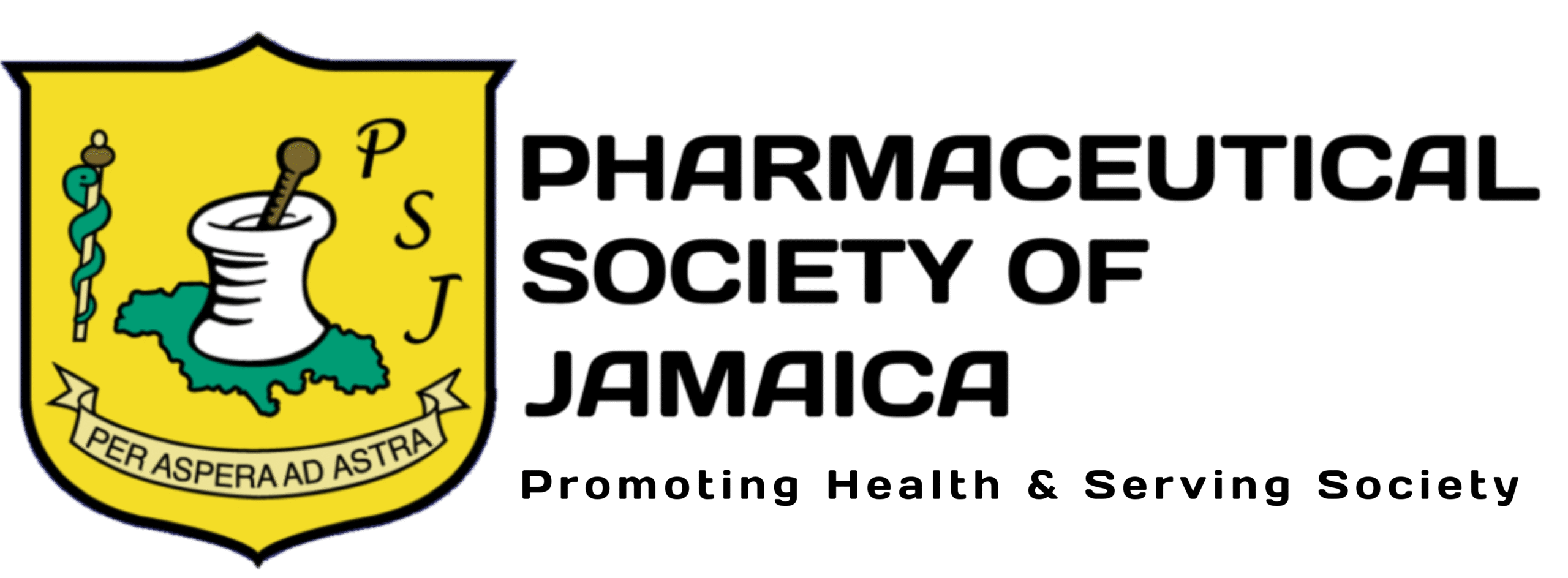
Since 2001, pharmaceuticals have been among the top four (4) causative agents of childhood poisonings in Jamaica. Over the years, the ranking has changed. That should be a concern for all, especially Pharmacists – Since pharmaceuticals are their business!
So why are children most vulnerable? The nature of their development predisposes them to a higher risk of exposure to toxic substances; toddlers and preschoolers explore their environment and learn by touching, feeling and tasting.
 Data from the Surveillance Unit of Jamaica’s Ministry of Health for 2015 revealed that there were 434 suspected cases of accidental poisonings. Of this number, 127 (30%) were confirmed. Eighty eight percent (88%) of the confirmed cases occurred in infants and young children under the age of five (5) years inside the home.
Data from the Surveillance Unit of Jamaica’s Ministry of Health for 2015 revealed that there were 434 suspected cases of accidental poisonings. Of this number, 127 (30%) were confirmed. Eighty eight percent (88%) of the confirmed cases occurred in infants and young children under the age of five (5) years inside the home.
Contributory factors included improper storage of substances as well as children often being left unsupervised. This trend has remained consistent throughout the years.

According to Adonis et. al. (2005), pharmaceuticals were the fourth (4th) leading cause of Jamaica’s poisonings in 2000-2002; and it was ranked third in 2003. Between 2010 and 2015 pharmaceuticals have been consistently ranked second, accounting for between 17 and 24 percent of the cases. In 2015, the pharmaceutical agents most frequently implicated in such ordeal were presented by Jamaica’s Surveillance Unit as Non-steroidal Anti- Inflammatory Drugs (NSAIDs), oral contraceptive pills, and a popular cough remedy.
In addition to the contributing factors presented above, researchers have also cited parents’ medication errors (Reid, 2010). The dose of medications can vary for children of different ages; the advice of health professionals is very important.
Adults should carefully contemplate the safe storage, use and handling of medications so as to avoid preventable poisoning cases. “Look-alike” candies versus analgesics and vitamins can cause confusion and the cognitive ability of a child would not be able to make the differentiation.
On-going poison prevention strategies must be developed and implemented on a national level to heighten the awareness of parents, guardians and caregivers to this susceptible yet highly preventable situation. The following were some of the strategies participants at a recent conference hosted by the Caribbean Poison Information Network (CARPIN) suggested for a Poison Prevention Campaign:
- Partner with media houses to have poison prevention ads and cartoons during peak hours for children and parents to watch.
- Collaborate with the Ministry of Education to develop an appropriate message for the early childhood syllabus.
- Collaborate with news and print media to have educational materials presented on a daily or weekly basis.
The participants’ recommendations to healthcare providers for messages that should be disseminated to all caregivers on a continuous basis included:
- Medicines not being shared – Medications for adults / older children may not necessarily be appropriate for babies.
- Keeping all medicines out of reach of children.
- Encouraging parents to educate their children on the dangers of harmful / poisonous products.
- Reading medication dosages and instructions to ensure appropriate administration to prevent possible poisoning.
- If medication is to be stored in the refrigerator, ensure they are not stored at the forefront or on a low-slung shelf that is easily accessible to children.
- To identify an isolated and safeguarded storage unit to store pharmaceuticals.
- To ensure medication packages have childproof closure systems.
Let the golden rule of Toxicology be reminded, “All things are poison and nothing is without poison; only the dose makes the poison,” (Paracelsus, n.d.). Poison Prevention is everybody’s business; let us play our part to protect precious lives.
By: Yvonne Reid, RPh.
Lecturer
Education sub-committee of CARPIN, Member
Adonis, M., et. Al. (2005) Domestic Management of Poisoning in Portland, Jamaica
Clarke, K., (2016) Epidemiology of Accidental Poisoning in Jamaica
Reid, Y., (2010) Accidental childhood poisoning in Kingston and St. Andrew; Assessing Parents’ and Guardians’ Awareness of Contributing Factors
